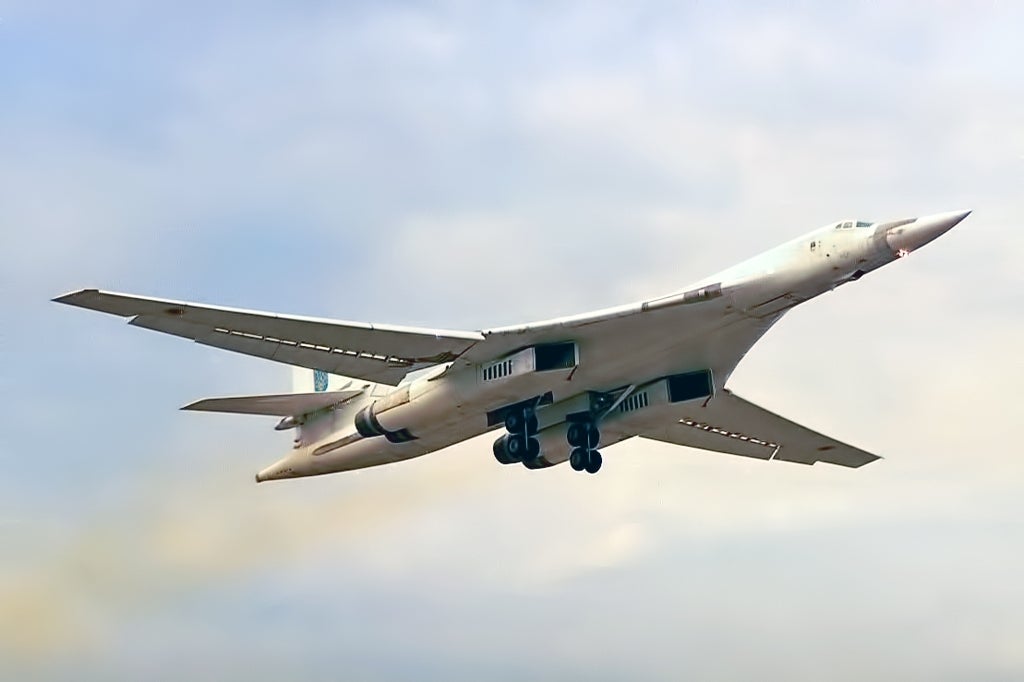The Tupolev Tu-160 Blackjack strategic bomber, which first took to the air 40 years ago tomorrow, is an impressive symbol of Russia’s Long-Range Aviation force, a Cold War-era design that’s now being modernized and is back in production in updated form. What’s less well known is that, at one time, the vast majority of the Tu-160 force was not in Russian hands. Instead, it belonged to Ukraine, a country whose relationship with Moscow has steadily deteriorated since it gained independence from the Soviet Union.
As the last strategic bomber to be introduced during the Cold War era, the variable-geometry Tu-160 was planned as the spearhead of the separate Long-Range Aviation branch within the Soviet Air Force, and the most prestigious. It had the task of delivering nuclear missiles against high-profile NATO targets if a conflict were to break out. The four-engine bomber can hit a maximum speed of 1,243 miles per hour and can fly over 7,500 miles without in-flight refueling while carrying a payload of six cruise missiles, while a maximum of 12 missiles is also possible.

The Tu-160 program dates back to 1967, with a competition for a long-range supersonic bomber that would be armed with supersonic strategic missiles. Inspired by developments in the United States, the decision was eventually made to equip it with subsonic air-launched cruise missiles.
The first prototype Blackjack, known as 70-1, took to the air on December 18, 1981, and the first production aircraft was flown in October 1984. This was followed by initial deliveries of two aircraft to a Long-Range Aviation unit in April 1987. This unit, the 184th Heavy Bomber Aviation Regiment, was located in Pryluky, Ukraine, then a part of the Soviet Union, which would turn out to be problematic. All production aircraft came off the line at the factory in Kazan in Russia.
As the Soviet Union collapsed at the end of 1991, the Pryluky regiment had two squadrons of Tu-160s, for a total of 19 aircraft. These were now in the hands of independent Ukraine, together with their nuclear armament. These aircraft were soon repainted in Ukrainian Air Force markings, as seen in the photo at the top of this article, but the newly independent country had no use for a strategic bomber force and no plans to field any kind of nuclear deterrent.
With the demise of the Soviet Union, Ukraine had been left with around a third of the Soviet nuclear arsenal, which, as well as bombers and their munitions, included silo-based SS-19 and SS-24 intercontinental ballistic missiles (ICBMs), for a total of around 1,700 warheads. In 1994 Ukraine agreed to destroy the weapons and join the Treaty on the Non-Proliferation of Nuclear Weapons (NPT).
Moreover, Ukraine lacked the funds to fly its Blackjacks regularly. Without the required technical support, spare parts, and fuel, the Ukrainian Tu-160s rapidly became dormant.
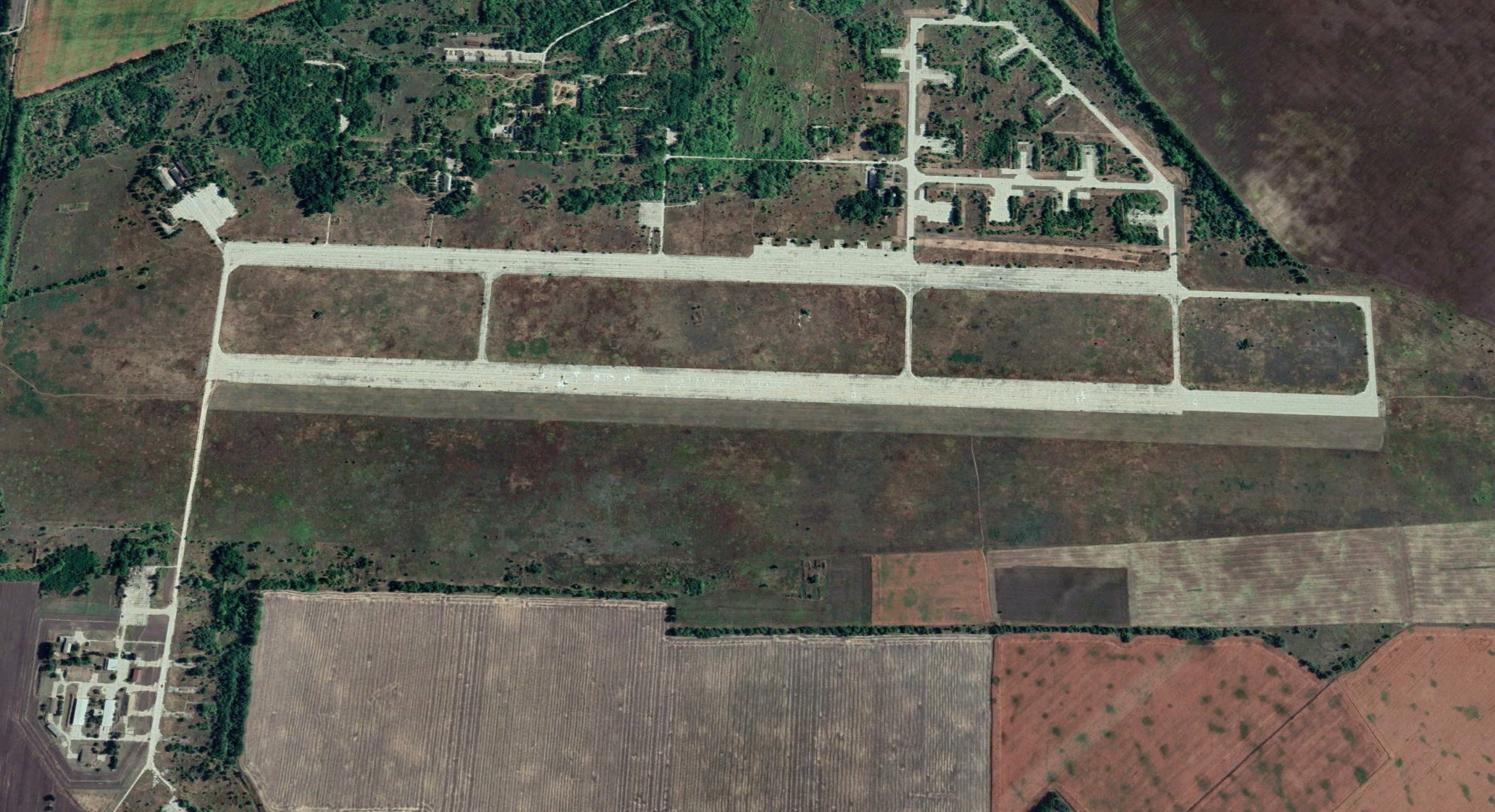
In Russia, meanwhile, production of the Blackjack continued, at a modest tempo, and in the early 1990s, six more Tu-160s were delivered to the Long-Range Aviation unit at Engels, near Saratov in the southwest Volga region. Nevertheless, the Russian fleet remained much smaller.
By 1999, the Long-Range Aviation branch, now part of the Russian Air Force, was at perhaps its lowest point. As well as having just half-a-dozen Tu-160s available, flying hours were slashed to just over 20 per year for each crew member. Long-distance ‘patrol’ missions by Blackjacks, as well as Tu-22M3 and Tu-95MS aircraft, had become a rare occurrence.
Reportedly, it was the NATO Allied Force bombing campaign against the Federal Republic of Yugoslavia during the Kosovo War in 1999 that prompted Moscow to address its bomber shortcomings. Earlier talks about Moscow buying the Tu-160s from Ukraine had broken down amid disagreements over price and in January 1999 Ukraine had scrapped a first Tu-160.
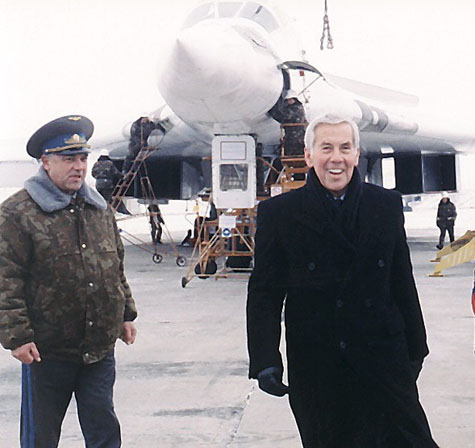
Finally, in October 1999, an agreement was signed in Yalta, in Crimea — then still Ukrainian territory — under which Russia purchased eight Tu-160s from Ukraine, finally giving Moscow control of the majority of the aircraft.
Of the 19 Ukrainian Tu-160s, the eight judged to be in the best condition were prepared for transfer to Russia, while another 10 were scrapped. The sole surviving Tu-160 in Ukraine was donated to an aviation museum in Poltava.

Former Soviet Tu-95MS Bear-H bombers had been inherited by Ukraine, too, with 24 examples left at Uzin Air Base. This compared with 22 Tu-95MS in Russia and 40 more in newly independent Kazakhstan. The Kazakh Bears were transferred to Russia in exchange for tactical aircraft that went in the other direction. Meanwhile, the three most modern Ukrainian Tu-95MS were sold to Russia as part of the Tu-160 deal, the remainder being scrapped.
The sole Tu-160 remaining in Ukraine is preserved at the aviation museum in Poltava:

The former Ukrainian Tu-160s were flown to Engels between November 1999 and February 2000, finally providing Russia with a meaningful fleet of these bombers. Equally importantly, the Kremlin had also secured 575 Kh-55SM nuclear-armed cruise missiles from Ukraine — weapons that arm both the Tu-160 and Tu-95MS — in exchange for debt relief related to the supply of Russian gas.
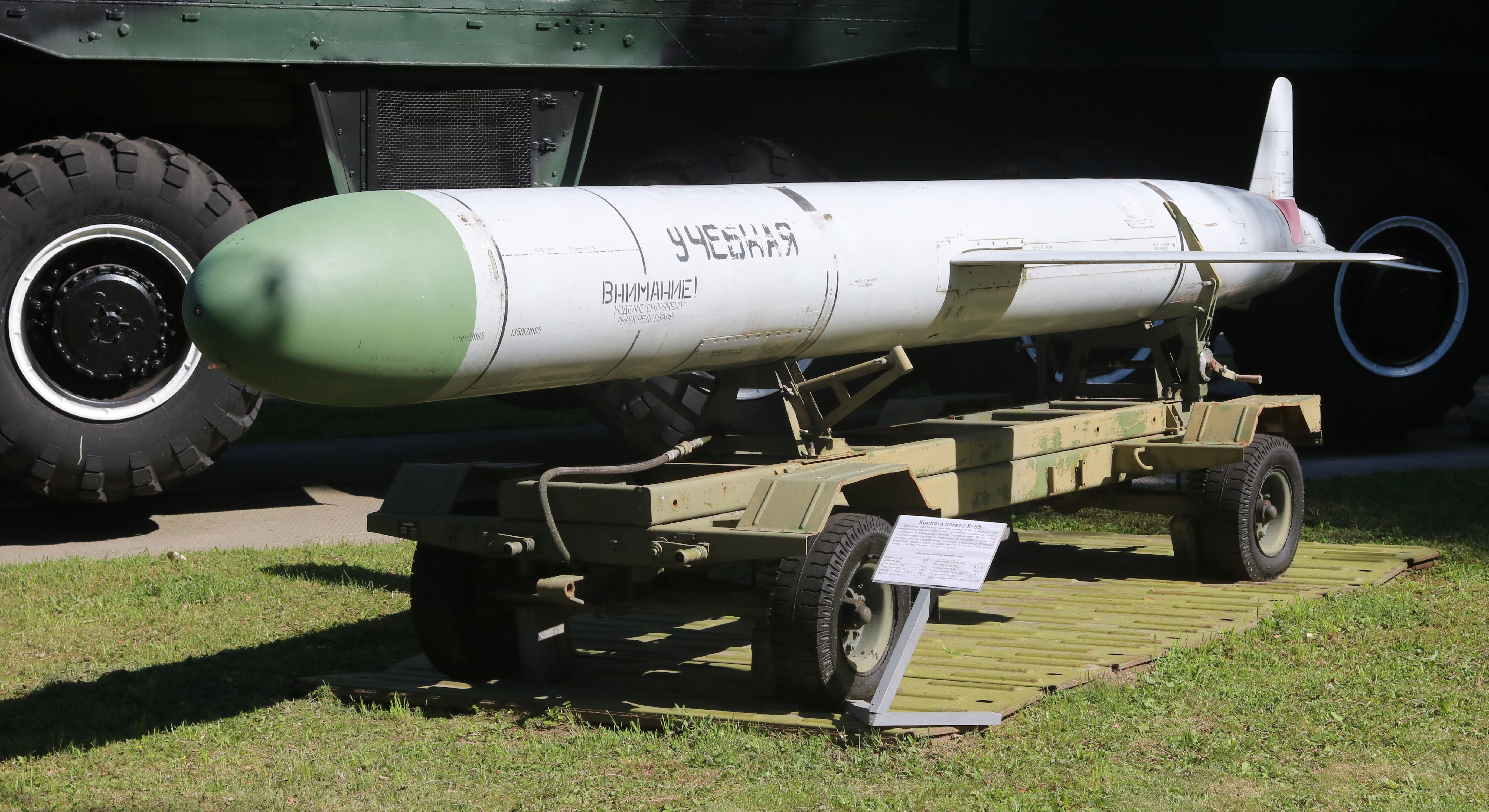
Russian Blackjack numbers continued to be boosted through low-scale production, another new bomber being delivered in May 2000, although it wouldn’t be until 2008 that the next example arrived. In the meantime, the demand for Tu-160s was such that a former Tupolev trials aircraft was also refurbished and handed over to the Russian Air Force in a operational configuration.
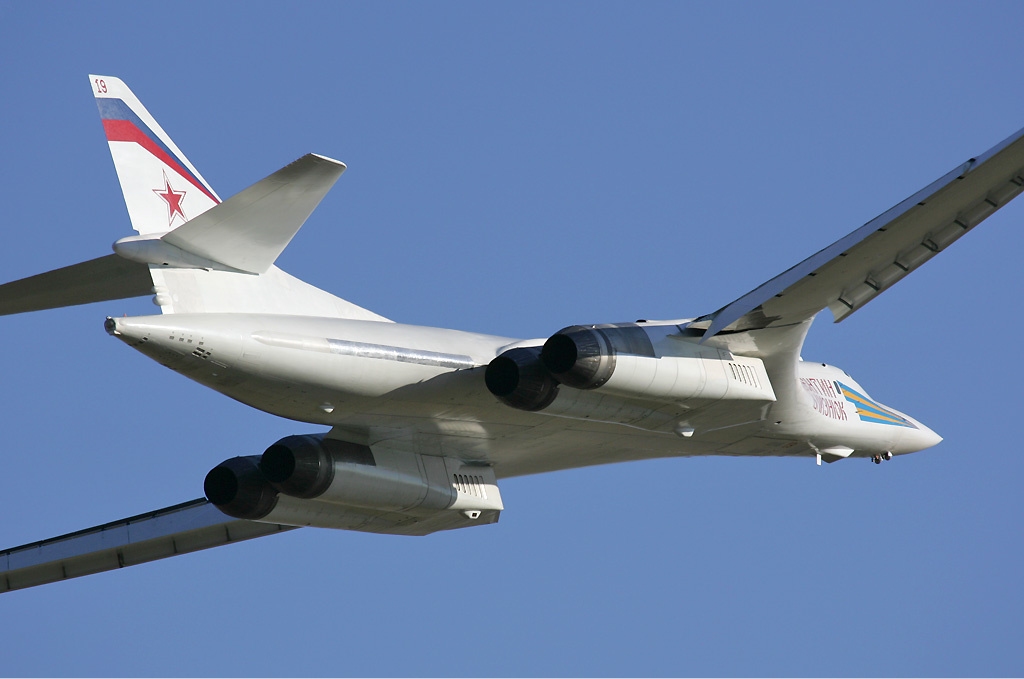
The Tu-160’s Ukrainian interlude was quickly forgotten, as the Blackjack established itself in Russian service and the bombers — now wearing the names of Russian heroes, both mythic and military — began to fly more long-range missions as part of a rejuvenated strategic flying branch. The protracted path to getting meaningful numbers of Tu-160s into Russian service meant it wasn’t until December 2005 that the type was actually officially commissioned into frontline service.
The Russian Aerospace Force, or VKS, as the Russian Air Force was renamed in 2015, is today a proud operator of the Tu-160. The revived Blackjack fleet has seen combat during Moscow’s campaign in Syria and made high-profile visits to South Africa and Venezuela.

As well as introducing new armament, including stealthier and conventionally armed cruise missiles, there are greater ambitions for the Tu-160.
As you can read about in detail here, Russia has been conducting a mid-life upgrade program for its Tu-160s, adding new mission systems and avionics. A first “deeply modernized” Tu-160M based on an aircraft from the original production series performed its maiden flight in February 2020. It was powered by new-production NK-32-02 engines, the most powerful combat aircraft engine on earth, which replace the NK-32s used in the original production aircraft.
At the same time, work is underway to resume production of the Blackjack, to help bolster the bomber fleet pending the possible arrival of a new-generation successor, under the secretive — and delayed — PAK DA program. The new-build aircraft were once to be designated Tu-160M2 but will now also be known as Tu-160Ms. Plans call for up at least 50 new-build Tu-160Ms to remain in service until the 2050s or even the 2060s. Late last year it was reported that the first of the next batch of new-build Tu-160Ms was expected to fly in the fourth quarter of 2021, but so far there have been no signs of preparations.
With the continued resurgence of Long-Range Aviation, ongoing Blackjack upgrades, and new production plans, the 40th anniversary of the Tu-160 sees the strategic bomber in good shape.
Meanwhile, current tensions between Russia and Ukraine mean that a similar kind of transfer of military assets from one country to the other is now unthinkable. The years since the sale of the Tu-160s have seen Moscow’s seizure of the Crimean Peninsula in 2014 and active support of ostensibly local ‘separatist’ groups in eastern Ukraine.
The Tu-160’s interlude with the Ukrainian Air Force now seems an ever more bizarre throwback to a very different period in history.
Contact the author: thomas@thedrive.com
